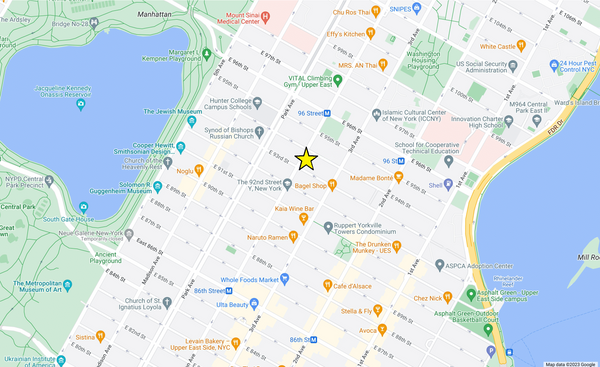OP: La Cuisine: Simple et Facile
Cookbooks of France’s “Golden Period”—from the 1870s to the early years of the 20th century—were often collected recipes of chefs, addressed primarily to their colleagues and their clientele, providing aides-memoire, sharing (often guardedly) their secrets, celebrating their triumphs, and promoting their “brands.” Home cooking is not a major part of what they are about.
Although France had a recognized tradition of a cuisine bourgeoise, that term applied mainly to an emerging prosperous and upwardly mobile urban middle class—frequently given to cautiously extravagant entertaining.
Less often seen were books offering attention to the day-in, day-out meals for family and friends in more modest homes. The methods and the skills and the criteria for purchasing or handling ingredients in those households were usually conveyed by learning in one’s family kitchen and passed along from mother to daughter, neighbor to neighbor. Something special might perhaps be scribbled on a scrap of paper, but most knowledge was communicated by observation or word of mouth.
There were some books, to be sure, but many were locally published and distributed, part of a tradition of la cuisine des femmes. It was interesting to come across this one—La Cuisine; simple et facile— published in Paris in the mid-1890s by Nodot Editeur and devoted primarily to daily food. It was attributed to one “Tante Melanie,” who may or may not have been a real person; we find no specific information on a particular individual of that name.
The dishes are mainly simple, although, even here, haute cuisine occasionally penetrates, just as in America good old-fashioned lobsters, steamed and dunked in melted butter, can get gussied up in a Newburg sauce, or a plain old roast beef tenderloin ends up as filet du boeuf rôti with sauce périgueux.
This hefty little book, in French, is encyclopedic in its coverage, with chapters from boeuf and porc to légumes, oeufs, pâtisserie, and glacés. There’s even one devoted to champignons. The assumption is that the users know their way around the kitchen. Recipes are short and to the point, and there is an abundance of notes on selection and shopping, kitchen equipment and cooking methods. All very simple, stressing economy, and not as uppity as the often showboating cuisine bourgeoise.
Our copy, an apparent second printing, is undated, but given that the title has been reported as issued in 1896, we would place ours within the following two to three years. It is in Very Good condition, the pages are tanning lightly but not brittle; in other respects it is beautifully clean and unmarked, containing 127 “gravures explicatives” in the text. The binding is the original and in beautiful condition. Please note that the book originally included at the end a 48 page section of advertising. This has been removed and the volume skillfully restored in the original case, giving no evidence of the loss of those leaves.
This title is very seldom seen. No copies are listed in OCLC, and references to it are sparse. We feel, however, that it is a good example of home food just before modernism began to make its appearance.


